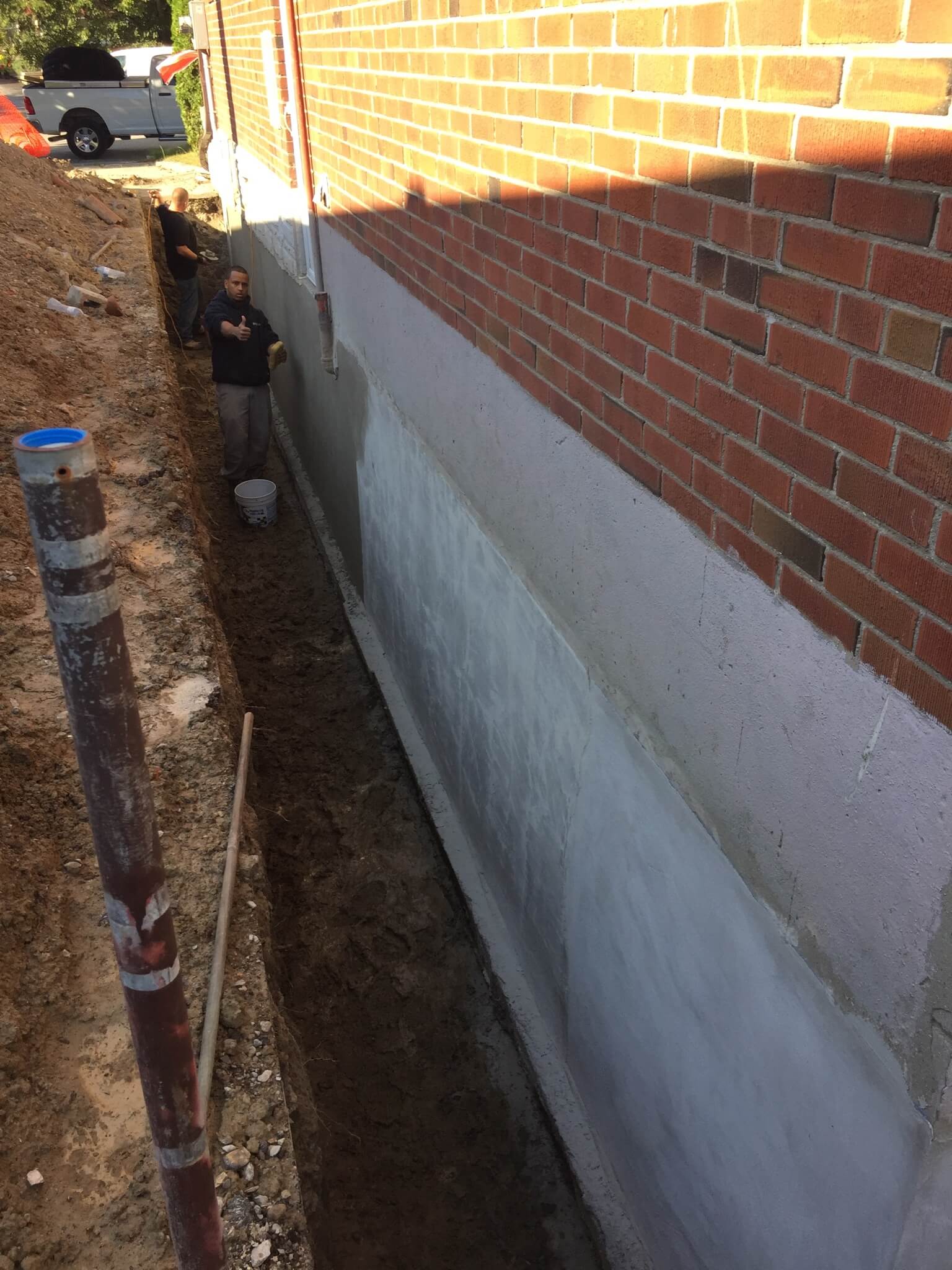Waterproofing is a key aspect of maintaining the integrity and longevity of every house or property. If you are a homeowner aiming to protect your investment from the adverse effects of water or a construction professional aiming to create durable buildings, understanding how to select the right waterproofing products is important. Water damage can lead to costly repairs, mold growth , and major structural issues, turning efficient waterproofing a necessity for all property owners.
In this definitive handbook, we will explore the many elements of waterproofing, from detecting the indications that your home needs waterproofing to comprehending the distinctions between indoor and exterior solutions. We will also look into the frequently encountered misconceptions surrounding waterproofing, helping you to make informed decisions. With the correct understanding and tools, you can safeguard your house from damp problems and avoid thousands in subsequent repairs.
Understanding the Significance of Moisture Protection
Waterproofing is vital for all residential properties as it safeguards structures from water damage, which can lead to costly repairs and substantial loss of property value. Moisture seepage does not only pose a risk to physical integrity but also to the health of occupants, as dampness can cause fungal growth and mildew growth. By utilizing efficient waterproofing measures, property owners can construct a robust defense against the detrimental effects of water.
Neglecting waterproofing can be a expensive mistake. The unseen damage from leaks can lead to extensive repair bills that far exceed the original cost in waterproofing products and solutions. For instance, unaddressed moisture issues in crawl spaces can undermine the foundation, resulting in major structural problems. Thus, understanding the imperative nature of waterproofing can protect you thousands of dollars in the long run.
Moreover, waterproofing enhances to energy savings in buildings. When exteriors, roofs, and basements are adequately waterproofed, they help maintain uniform indoor temperatures, reducing the need for unnecessary heating or cooling. https://rentry.co/odmg32ux decreases energy bills but also enhances comfort levels. Furthermore, a thoroughly safeguarded property is more robust in adverse weather conditions, ensuring enduring defense for your investment.
Essential Considerations In Terms Of Choosing Water-Resistant Solutions
As you choosing waterproofing products, the initial key consideration is the specific area you need to protect. Different surfaces, such as basements, ceilings, and washrooms, have unique needs. For instance, basement waterproofing often requires solutions that can handle hydrostatic pressure, while roof waterproofing demands products that can endure UV damage and temperature fluctuations. Determining the exposure levels and moisture conditions of the area will help in selecting the most effective product.
An additional important factor is the type of materials used in the waterproofing product. Look for high-quality materials that offer durability and longevity. Like, membranes and coatings should be adaptable enough to accommodate building movement while maintaining a robust barrier against water infiltration. Additionally, consider if you favor a solvent-based, water-based, or cementitious product, depending on the intended application and environmental impact.
Finally, the ease of application is crucial. Some waterproofing solutions are designed for DIY use, while others may need professional installation. Think about your skill level and if you have the tools needed for the job. It’s also wise to review the manufacturer’s instructions and recommendations regarding application conditions, such as temperature and humidity, to ensure optimal performance.

Popular Water-Resistance Techniques and Strategies
Regarding safeguarding your home from water damage, there are various successful waterproofing techniques to explore. One popular method is the use of waterproof membranes, which form a shield that prevents moisture from penetrating areas such as lower levels, walls, and tops. These membranes can be fabricated from various materials, including elastomer, tar, or polyvinyl chloride, and are appropriate for both inside and outside applications. Proper installation is vital to ensure that these membranes perform effectively, thus shielding your property from leaks and penetration.
An additional effective technique is the use of sealant materials and coatings. These products are put on immediately to areas and act as a shield against moisture. For instance, waterproofing paints can be used to surfaces and roofs to prevent fungus and mildew growth development, particularly in bathrooms and kitchens. Additionally, elastomeric coatings are superb for level roofs, providing adaptability and durability to withstand severe weather conditions while preventing liquid out. Picking the right sealant for each specific area of your house is crucial to ensure long-lasting use and enhanced protection.
For external structures, think about putting in drainage systems and gutters to redirect moisture away from your home. French drains, submersible pumps, and gutter drains can effectively reduce the risk of liquid accumulation around bases and cellars. Alongside with correct grading of the ground, these drainage methods minimize the risk of water intrusion. Utilizing https://nicolaisen-hirsch-2.hubstack.net/our-prospects-of-moisture-protection-innovations with these methods ensures sustained protection against liquid damage, ultimately saving you from expensive repairs in the coming times.
